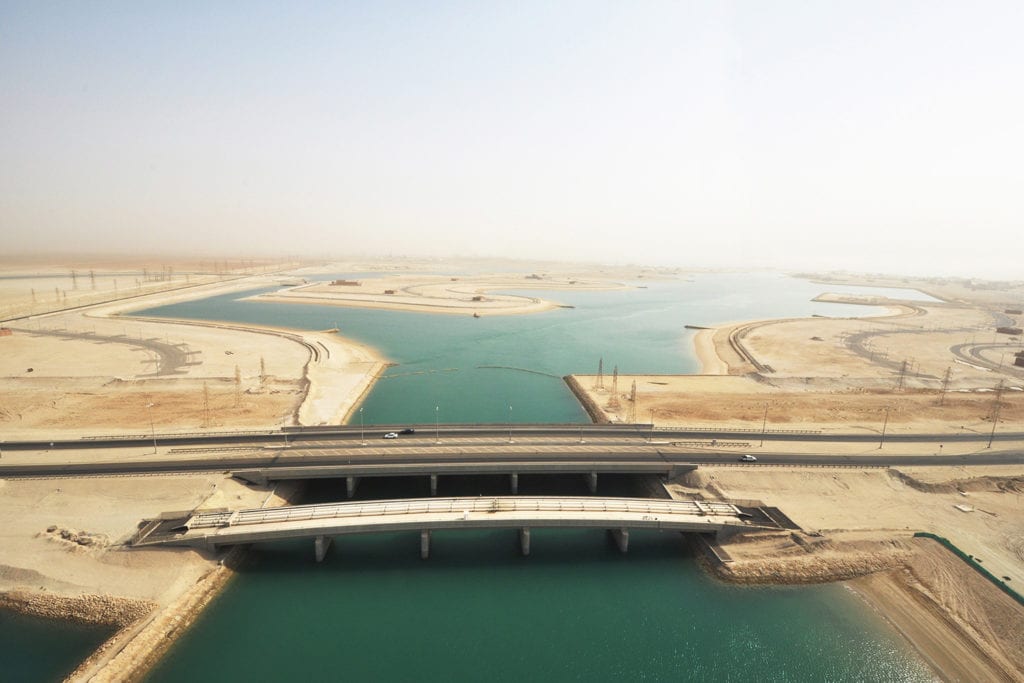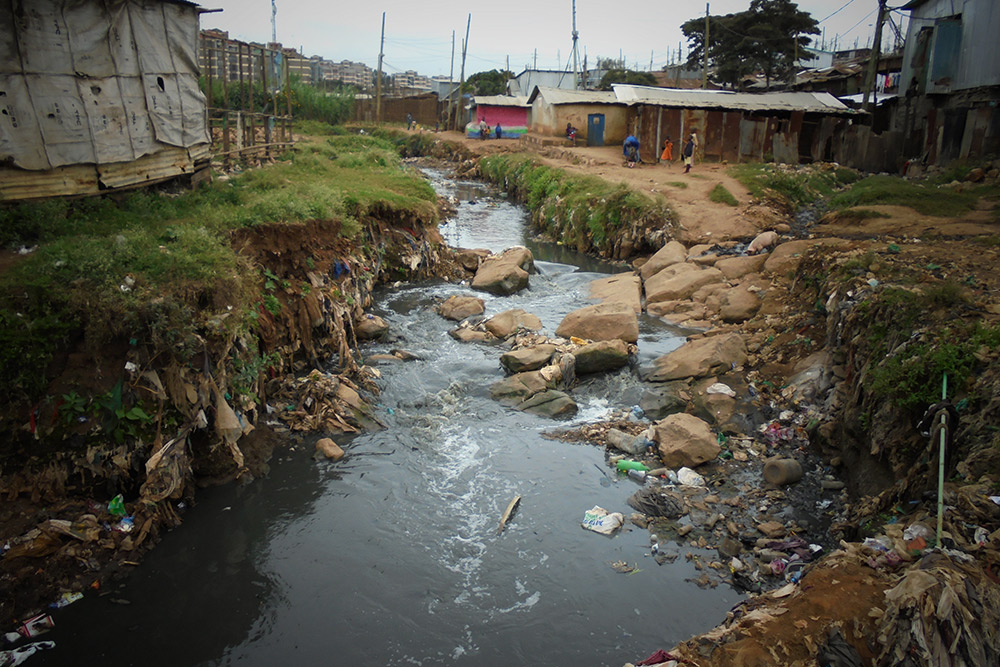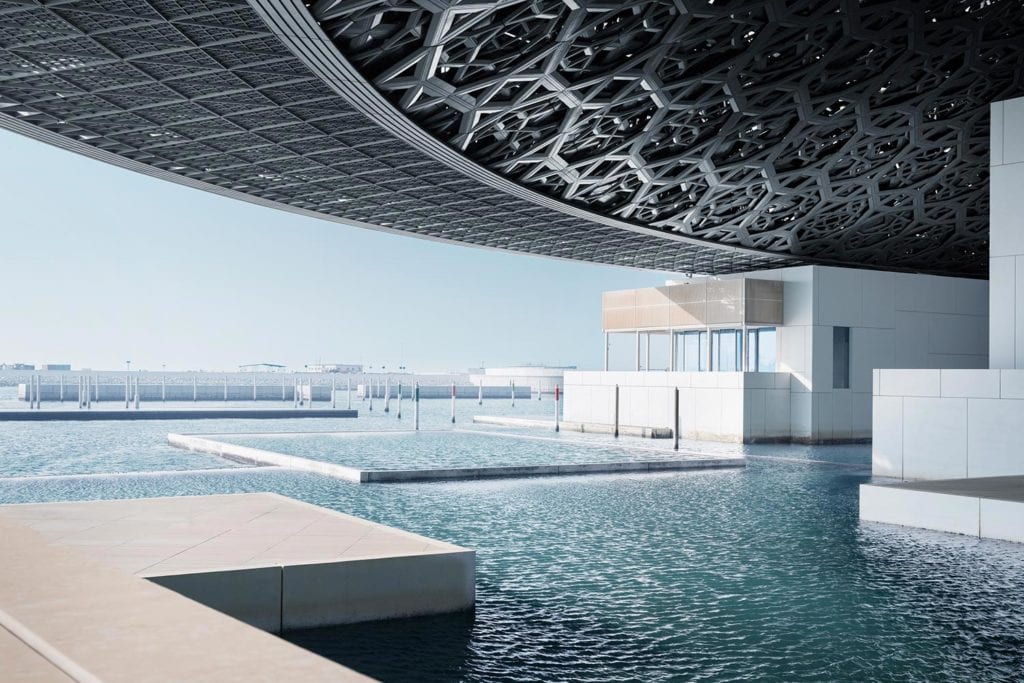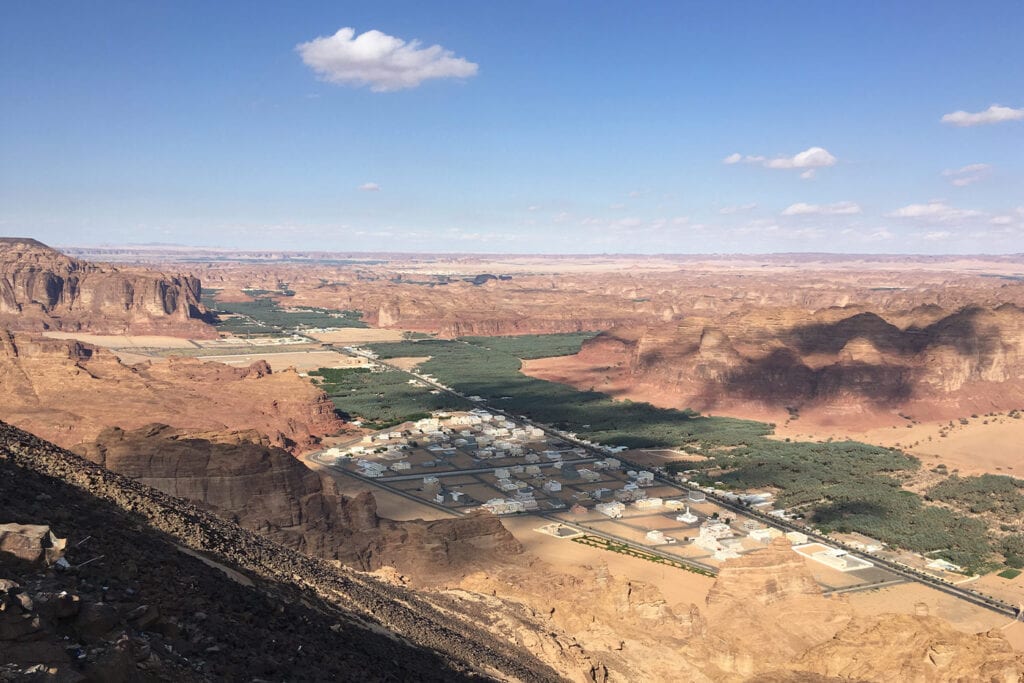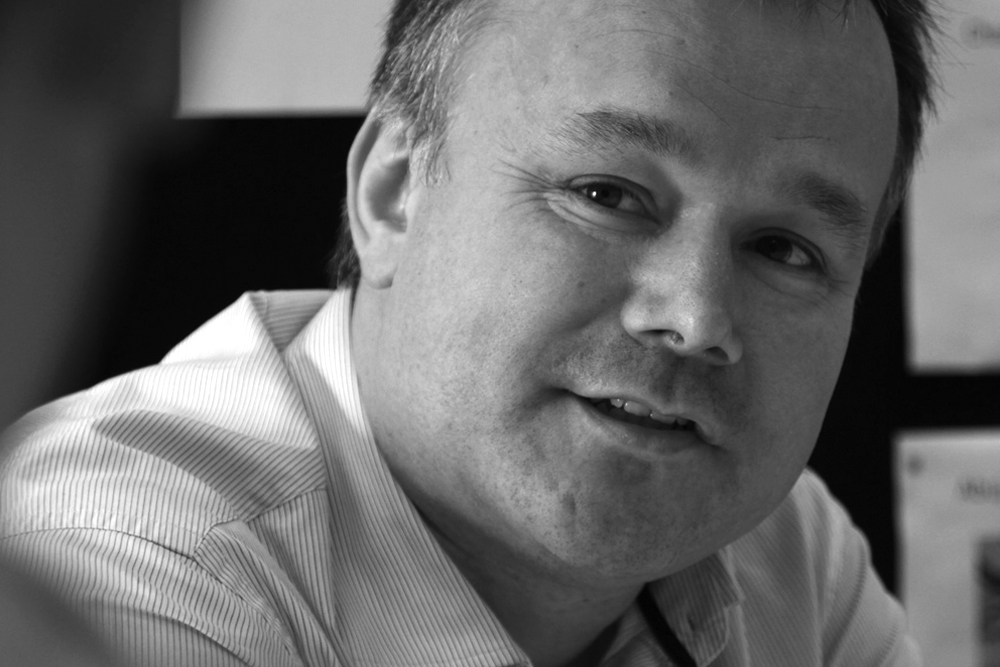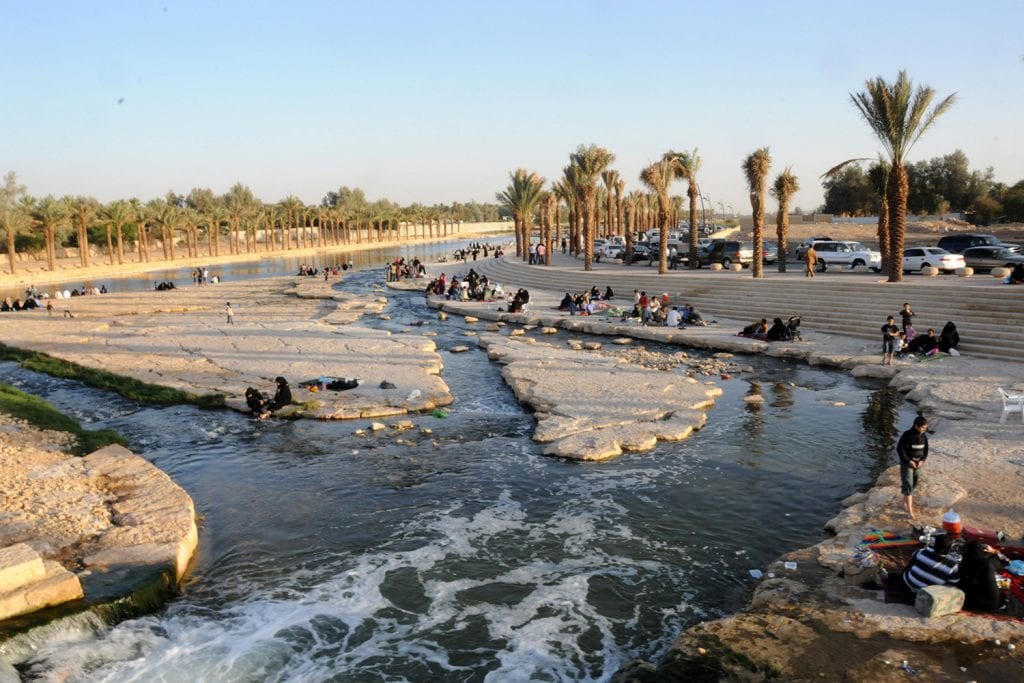Water quality from our shores to our deepest oceans
As introduced by our Water Group Director David Palmer on World Water Day, our team is dedicated to tackling water management challenges on all sizes of projects.
Due to my background, I have selected the topic of “Water Quality from our shores to our deepest oceans” for this blog post to present what is being done on projects to meet the United Nations (UN) Sustainable Development Goals and what is also happening on a wider scale, beyond project boundaries.
Just for a change, let us start with some positive news and celebrate the recent signature of the High Seas Treaty on the 5th of March 2023 at the UN Summit. This new policy will increase the number of protected areas in international waters and work to regulate activities such as fishing, shipping, and mining. A major milestone to help enforce the 30 by 30 pledge to protect 30% of land and sea by 2030 (NHM, 2023).
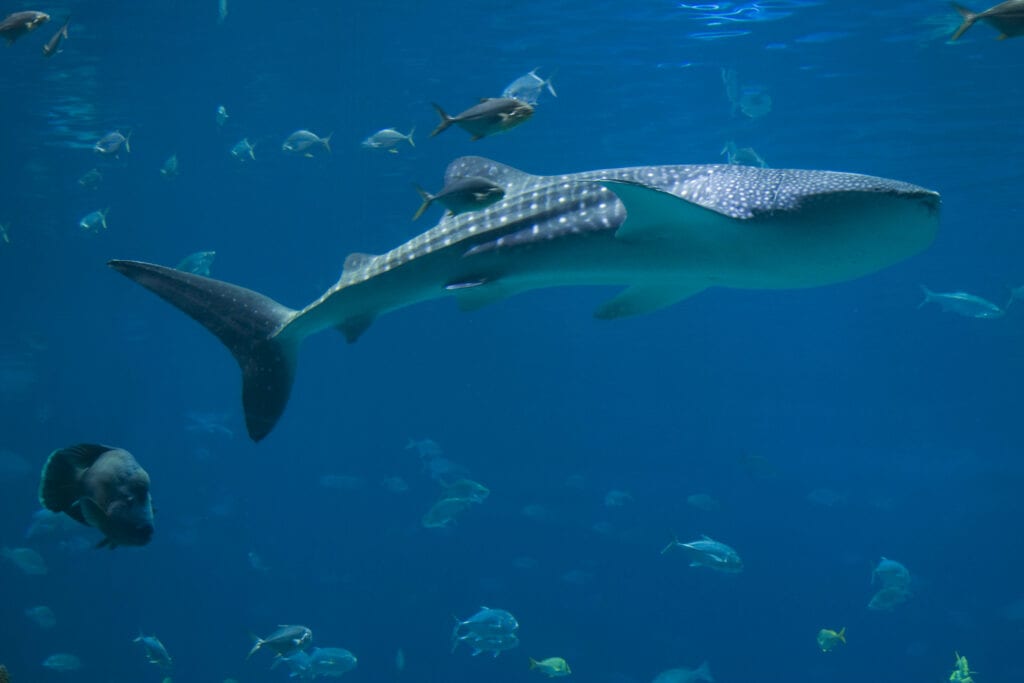
What is affecting the water quality of our seas and oceans?
While it may be true that all roads once led to Rome, it is certainly true that most of our flowing water ends in our seas. Most are unaware of just how easily rubbish and pollutants can travel through our rivers and drainage networks to reach the marine environment. There are lots of different factors that come into play, and some are more difficult to control than others:
· Contaminated water coming from rivers, outfalls, rain, groundwater, drains
· Plastics and other floating debris
· Ship pollution (ballast water, oil spills, loss of cargo)
· Industrial activities involving chemical processes (effluents)
· Climate change (ice sheet melting, changes in ocean currents) affecting wider physics patterns and water circulation

What measures are being implemented at a project level?
At Buro Happold we have great opportunities to generate a positive impact in the early stages of projects. The Water, Environment and Sustainability Teams are well versed in advising our clients and ensuring that the best international guidance is followed across a range of project types and sizes, from large regional-scale assessments to bespoke urban planning sites.

Our consultants have experience in developing regional marine zoning plans in line with IUCN and UNESCO best practice guidelines. These zoning plans consider sensitive biodiversity features and apply an integrated, sustainable development approach to guide development away from sensitive areas and protect them. By undertaking Environmental and Social Impact Assessments (ESIA), we aim to secure commitments to biodiversity net gain on all the projects that we provide ecological advice for.
As part of coastal projects, our engineers support clients, and architects in shaping their waterfront developments by modelling the natural currents and water circulation using hydrodynamics and flushing numerical models. One such example is Sabah Al Ahmad or Sea City, as it is also known in Kuwait, where we have modelled tidal flows into creeks, inlets, and an extensive network of waterways. Detailed hydrodynamic modelling and assessment of the tidal flushing performance allowed the design team to improve the waterway system, resulting in a naturally flushing waterside habitat. The management of water quality was so successful we even had a whale shark come to pay us a visit in October 2022.

What else can be implemented beyond that?
Beyond the strategic planning and modelling methodologies, other practical and sustainable initiatives exist to limit pollution and can be recommended during the design stages:
· Controlling effluents and rubbish from stormwater and outfalls
· Stopping the use of single used plastics and providing more waste collection points
· Promoting recycling to limit the overall amount of waste
· Collecting floating debris (Seabin product, Serial Cleaners by Poralu Marine and larger projects like Ocean Cleanup or The Manta)
· Making ships cleaner and developing smart anchoring to prevent damage to important seagrass habitat
· Participating in beach or riverbank clean-ups (which is also a rewarding plan for socialising and team building)
What can be done to turn the tide?
Reducing pollution in the oceans is a complex issue that requires the involvement and cooperation of governments, industries, designers, and individuals.
On a global scale, the UN is developing policies and regulations, one of the key ones to come soon being plastic pollution. On a project level, clients, authorities, and consultants are working hand in hand to achieve better outcomes and raise public awareness. On an individual basis, new role models emerge frequently, and people need to improve their habits towards more sustainable ones.
In Buro Happold’s UAE office, we are gearing up for the COP28 in Dubai and have started a chain of daily articles focused on a range of sustainability topics. Just seven months to go to the big day.
It is important to remember that every little bit helps and that we all have a role to play in protecting our seas and oceans.
Fabien Loy
Associate Engineer
